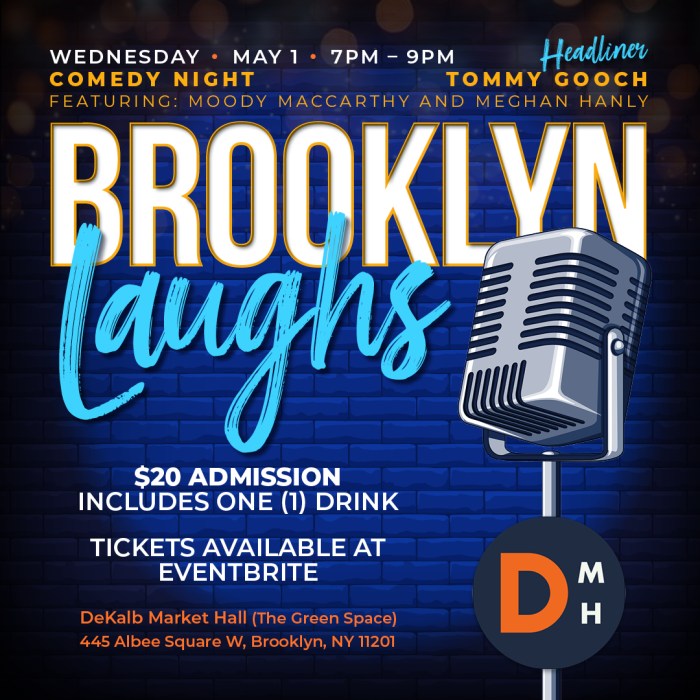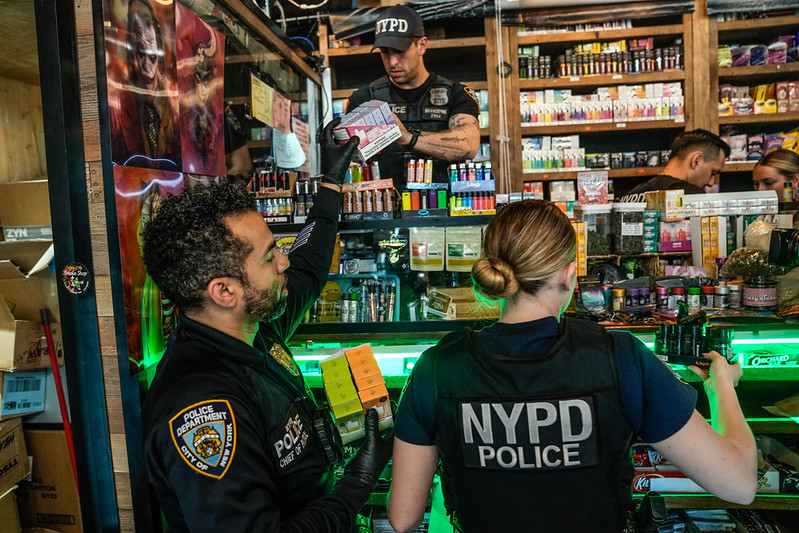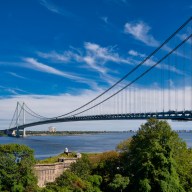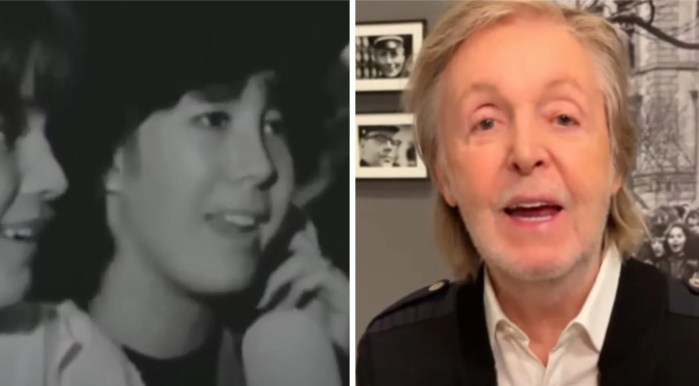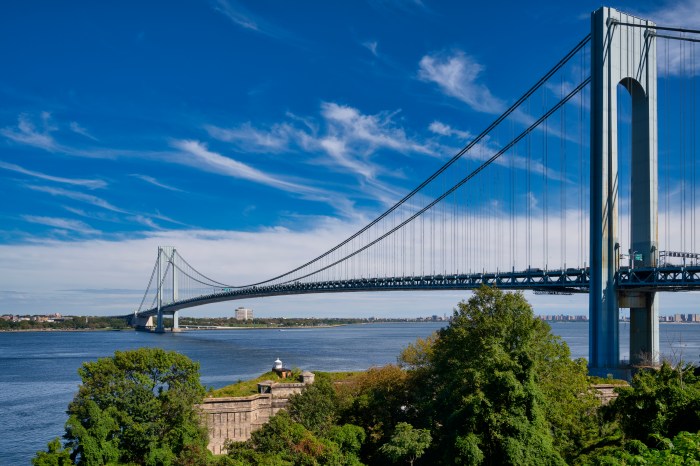Seeking to lessen the impact of proposed high-rise condominium development
near Atlantic Avenue at the southern end of Brooklyn Bridge Park, Councilman
David Yassky wants planners to consider building more of the revenue-generating
luxury housing on inland development sites off the park’s northern
edge, in DUMBO.
A 30-story tower,
and a wide, eight-story condominium are planned near the Atlantic Avenue
gateway to the proposed 1.3-mile development. A 14-story former Watchtower
Bible and Tract Society book distribution plant next to that site, at
360 Furman St., is to be converted to 17 stories of condos. An additional
17-story building is proposed for construction on Bridge Park property
in DUMBO.
And Fulton Ferry Landing, which is already a tourist destination, would
be home to a 150-unit residence and adjacent 220-unit luxury hotel with
a water’s-edge restaurant.
Yassky has suggested a modified plan that identifies two sites in DUMBO
— which is undergoing a rapid conversion from a warehouse and manufacturing
district to million-dollar condominiums and pricey rentals — that
he says merely need zoning changes. One is an existing manufacturing building
at 10 Jay St., and the other a city-owned parking lot on Washington Street
near the Brooklyn-Queens Expressway overpass.
Yassky’s idea is to keep property that Con Edison will turn over
to the park planners at John, Plymouth and Adams streets — which
is currently sited for the 17-story condo — for parkland, and put
the condo buildings among the other inland developments. Then, the planned
30-story tower near Atlantic Avenue could be reduced to 17 stories, he
says.
“I met with the [10 Jay St.] owner’s lawyer for the property
several months ago,” Yassky told The Brooklyn Papers this week. “I
know that they’ve had discussions with the city … I know they’ve
expressed interest in participating in the park.
“My position is, regardless of whether this owner says they’re
interested or not, they should put that into the plan. I wouldn’t
treat this as a negotiation,” he said. “They should just come
up with what’s fair for the park to get, and simply put that in the
plan. The owner will pay it. There’s no question that those are very
desirable properties to build residential.”
Yassky submitted the idea to the Brooklyn Bridge Park Development Corporation
(BBPDC), a state authority charged with designing and planning the park,
at a Sept. 19 public hearing.
But many DUMBO residents are already seeking restrictions to limit the
size and number of new residential high-rises and warehouse conversions
in the neighborhood, which features largely 8- to 12-story buildings.
They argue the 20- and 22-story buildings proposed by Yassky inland from
the park site are worse than one 17-story tower.
Amanda Barrow, a member of the DUMBO Neighborhood Association, read testimony
submitted by her group’s president, Michelle Whetten, before an Oct.
6 City Council hearing on the plan, which was hosted by Yassky, who heads
the Waterfront committee.
“We understand that negotiations are currently taking place to shift
development from the Con Edison site to a 20-story building at 10 Jay
St. as well as an additional 22-story high-rise within DUMBO. While we
applaud the preservation of the Con Ed site for open space, as was always
Con Edison’s intention in donating the site to the park, we feel
strongly that two new 20-story towers would provide far more than our
neighborhood’s fair share of the residential revenue to the park,”
Barrow read.
Since last fall, the DUMBO Neighborhood Association has urged Department
of City Planning officials for a comprehensive rezoning of the area, which
local residents say is now approaching the city hearing process.
In a press release, Yassky explained his intent was to more evenly disburse
the planned development of more than 1,200 new luxury condominiums while
retaining their resulting park fees to help pay for the $15.2 million
annual price tag planners say the self-sustaining park would require.
Last December, the BBPDC revised the nearly five-year-old park master
plan, shifting the self-financing burden from commercial establishments
like restaurants and athletic facilities to fees collected from the incorporation
of five residential complexes and one hotel in the footprint of the park.
While all the proposed buildings have faced opposition from residents
in their immediate vicinity, the behemoth at the Atlantic Avenue end has
incited the most vitriol, largely from residents of Brooklyn Heights,
Cobble Hill and Carroll Gardens.
Community members in the southern end of the park, while happy the 30-story
tower would be nearly cut in half, were still not happy with Yassky’s
proposal.
Judi Francis, a member of the Willowtown Association, in southern Brooklyn
Heights, is one in a group of residents putting together a lawsuit against
the BBPDC charging the authority improperly reported and evaluated the
impact of the park on the surrounding community.
“I feel like we’re rearranging deck chairs on the Titanic,”
said Francis of Yassky’s plan.
“They’re giving lip service to what the community has said they
wanted, but that’s not what we’re all about, re-arranging chairs,”
Francis said. “We want a ship that floats. We want new revenue analysis
and we want more than costs on steroids.”




